Humor is not an easy thing to translate. What is funny in one culture and time period may be nonsensical in another. Tastes evolve quickly. And so the program to “They Alone Know” begins with “A Note for the Curious,” explaining the choices that the acting capstone of Daniel Maseda ’16 would make in its portrayal of three “short, over-the-top” plays from late 19th- and early 20th-century France.
“Our comedy comes from what is ‘bad’ about these plays today, and we’ve developed that comedy through a style that commits to what might have been considered ‘good’ about the plays in their time,” the program read.
In other words, through exaggerating the performance styles of that era, the plays embrace and reinvent “bad” technique to create something good by today’s standards—essentially, a style of “so bad, it’s good.” While that form of humor can be limiting, there is nuance to the approach that Maseda and director Russell Goldman ’17 ended up taking.
The show, 75 minutes long and produced by the Theater Department, is divided into three one-acts: “They Alone Know,” in which the cast knows a terrible, nonsensical secret that shall never be divulged; “At the Telephone,” a two-scene sequence that culminates in Maseda helplessly listening to his family being slaughtered; and “The Lighthouse Keepers,” which is self-explanatory and seemingly rational until it ends with a rabid son devouring his father. An ensemble of four (Maseda, Nicole Boyd ’18, Max Cembalest ’18, and Gracie Garcia ’19) encompasses all roles in each scene.
In addition to the material’s outsized humor, the performances themselves become exaggerated. Maseda bobs back and forth, Boyd’s arms twirl in circles, and Cembalest’s eyebrows are never less than three inches above his eyes. Not all techniques are taken from the original time period of the plays. Modern lighting cues are coupled with cartoon sound effects. Music is borrowed from Hitchcock and Spielberg. “They Alone Know” thrives off of the anachronism.
Goldman, whose previous theatrical work has strived to find the horrifying in the mundane, now makes the mundane hilarious. Humor comes from how seriously (and at the same time, how not seriously) the production takes itself. Actors and furniture are often framed as if they were precise paintings. Lighting is used for simple, effective punctuation, casting the actors in dramatic shadows when necessary. Maseda and Cembalest have grown mustaches for the production. The set is minimal and malleable, with certain elements (such as a coat rack) being added and removed from the side at a moment’s notice. The world of “They Alone Know” is made to be broken. Costume designer Sofie Somoroff ’18, in particular, provides mass quantities of ornate, period-appropriate ridiculousness, ranging from hats to night gowns to wigs. The show makes no attempt to appear in a grounded reality. Actors often give asides to the audience, and sounds just as often come from that same direction—from outside their world.
All of this outlandishness culminates in an environment that is far from modern day, and also not quite 1900 France. “They Alone Know” is its own entity, and it is faced with the greatest task of all: convincing its audience that it is, in fact, funny. What is so impressive about this task is that it is not only ambitious, but also a sign of new humor, not old.
The first one-act accomplishes this goal. Wisely, the play introduces us to a new form of comedy that is inherently about nothing, forcing us to focus on the humor and performances rather than the story at hand. The acting is more pronounced here than anywhere else, and every movement seems as though it belongs in a tormented ballet. Arms and words move in unison, producing a harmony that is both uncomfortable and bewildering at the same time.
“At the Telephone,” then, is the night’s centerpiece. It continues to offer surprises, including Cembalest (already performing a female maid) puppeteering Maseda’s horrifying son. “The Lighthouse Keepers,” while opening and closing on incredibly strong notes, unfortunately loses itself in the middle, struggling to find new ground to cover at the end of the night.
The acting capstone’s greatest asset may be its performers. From his opening monologue, Maseda gives the sense that he has always secretly lived in this world and that he always will. His physicality is precise and perplexing in equal measure. Boyd, with exaggerated expressions reminiscent of Maria from “Metropolis,” constantly commands attention. Using her real-life leg injury to her advantage, she moves with a bizarre elegance, even when merely portraying a seagull. Cembalest shows considerable range, from a terrified maid to a seasoned lighthouse keeper with a voice and chortle reminiscent of Mr. Krabs. Garcia provides a unique energy as she balances the profound with the ridiculous, whether by threatening a relative with a gun, or even by standing in the background. Even her act of throwing glitter to represent a thunder strike is momentous.
And yet the cast, for all their individual strengths, works best when it acts as a single organism. There are many points within the show in which the actors seem to move in sync to an unheard rhythm. Sometimes this is triggered by specific sound cues, but it’s even more impressive when it occurs during regular dialogue. The show weaves in and out of this precision, but excels most when it is there, reaching its pinnacle towards the end of “At the Telephone.”
If Wesleyan theater has ever seen anything like “They Alone Know,” it has not been for some time. The show is commendable for its ambition and performances alone, and offers much more than that. While “They Alone Know” does not always provide a laugh a minute, the source of its humor is impressive in its own right, diving into something rich and innovative and offering up a curious meeting of the past and present.
- Jonas Powell, Photo Editor
- Jonas Powell, Photo Editor
- Jonas Powell, Photo Editor
- Jonas Powell, Photo Editor
- Jonas Powell, Photo Editor
- Jonas Powell, Photo Editor
- Jonas Powell, Photo Editor
- Jonas Powell, Photo Editor
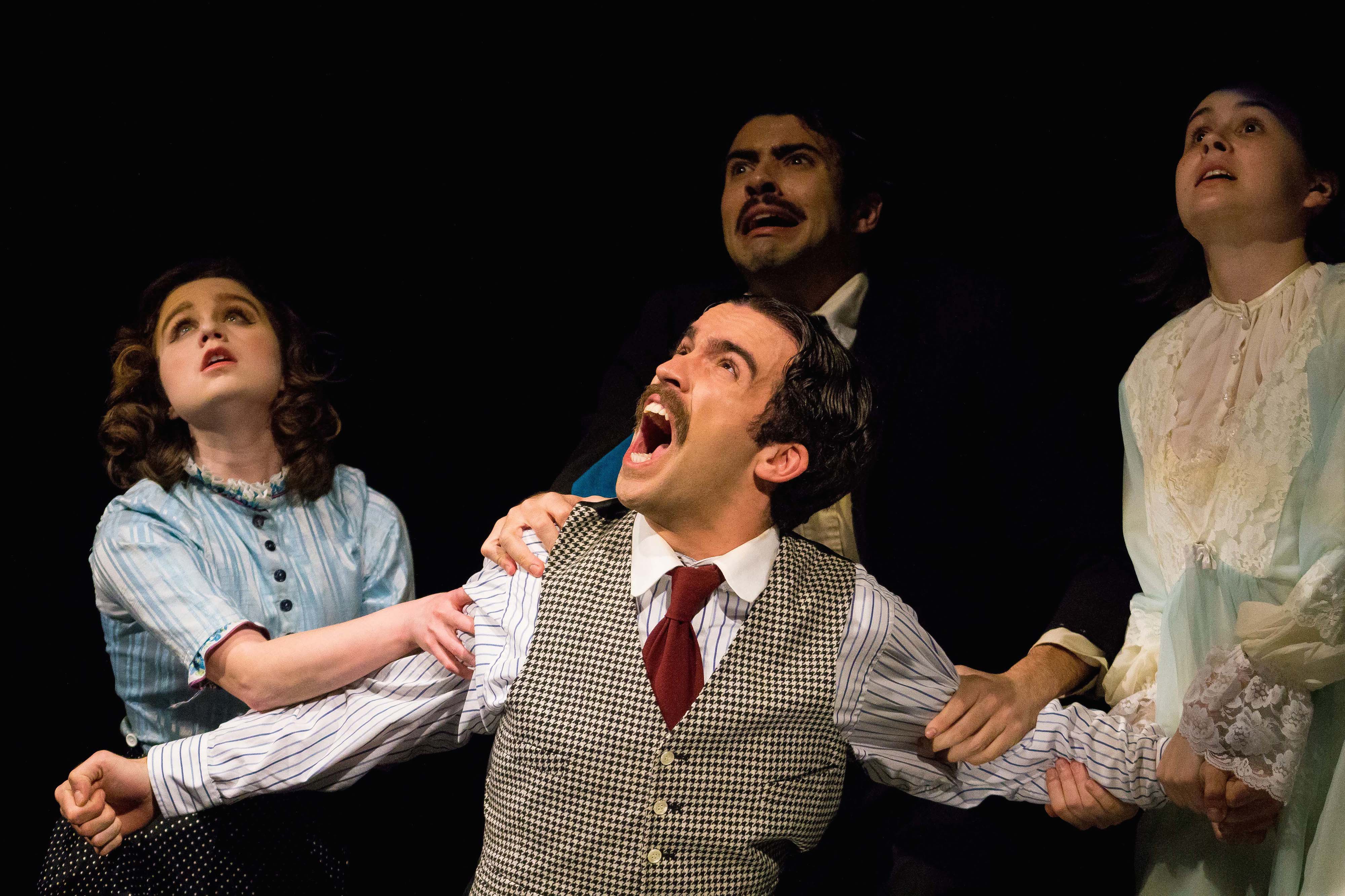
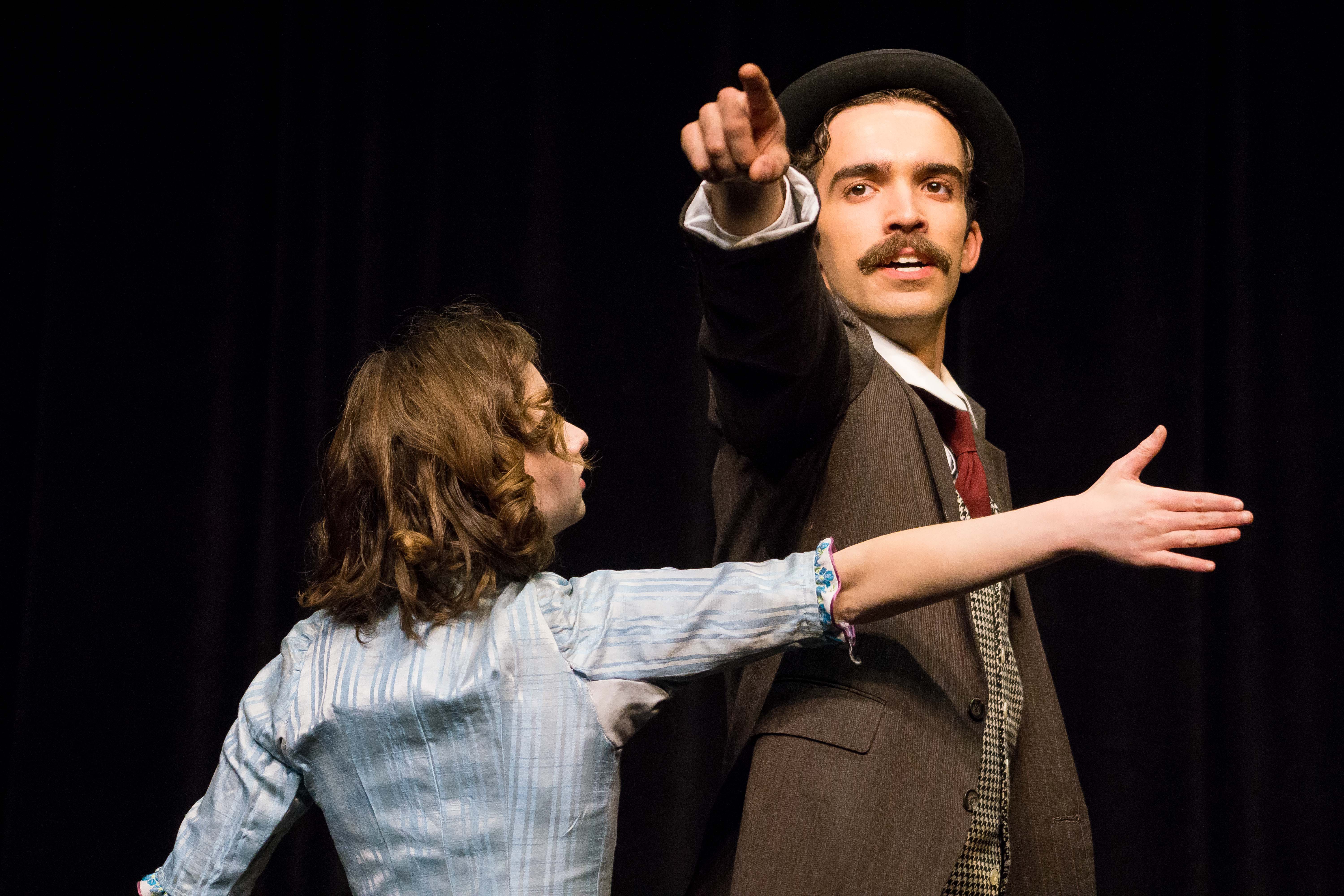


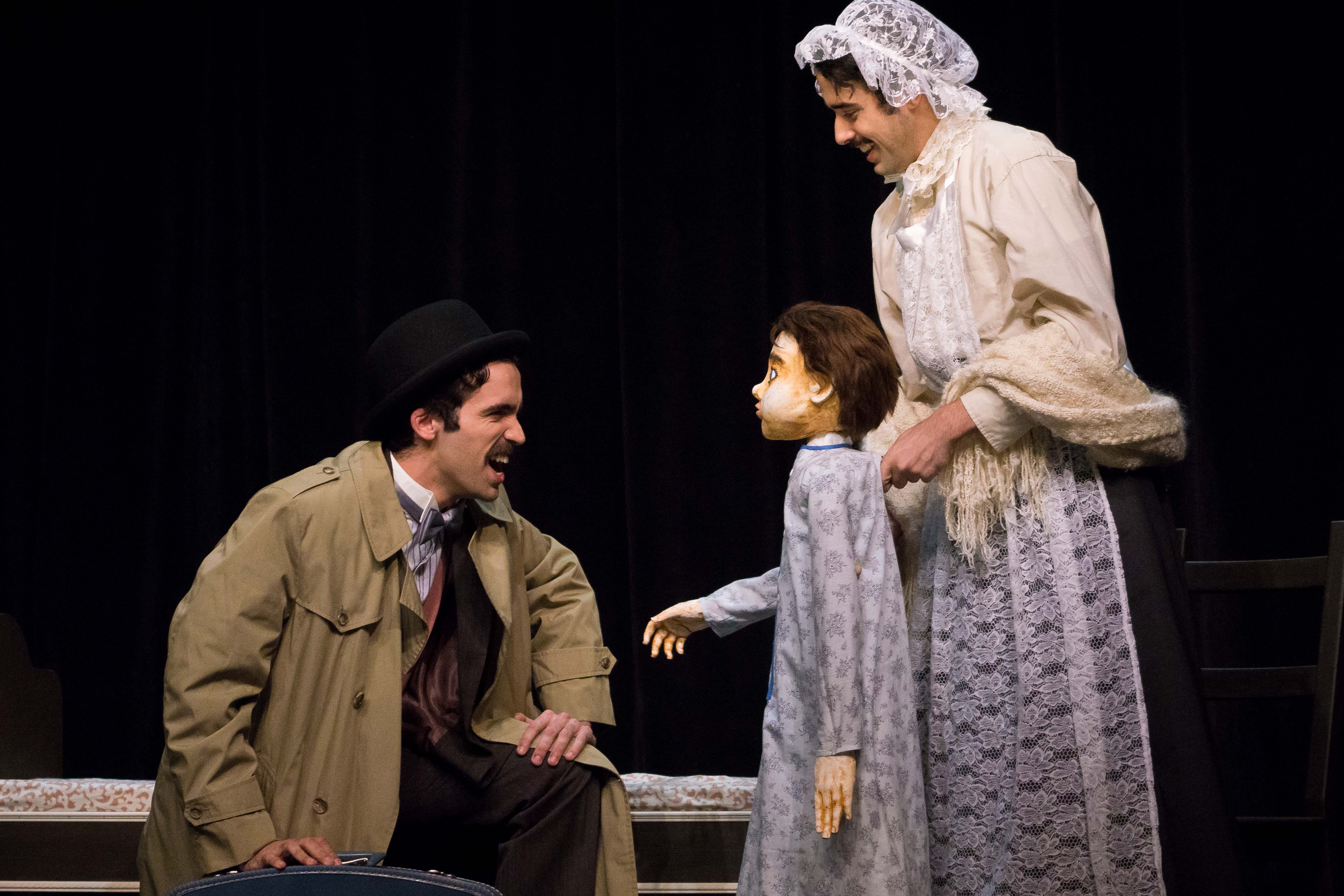
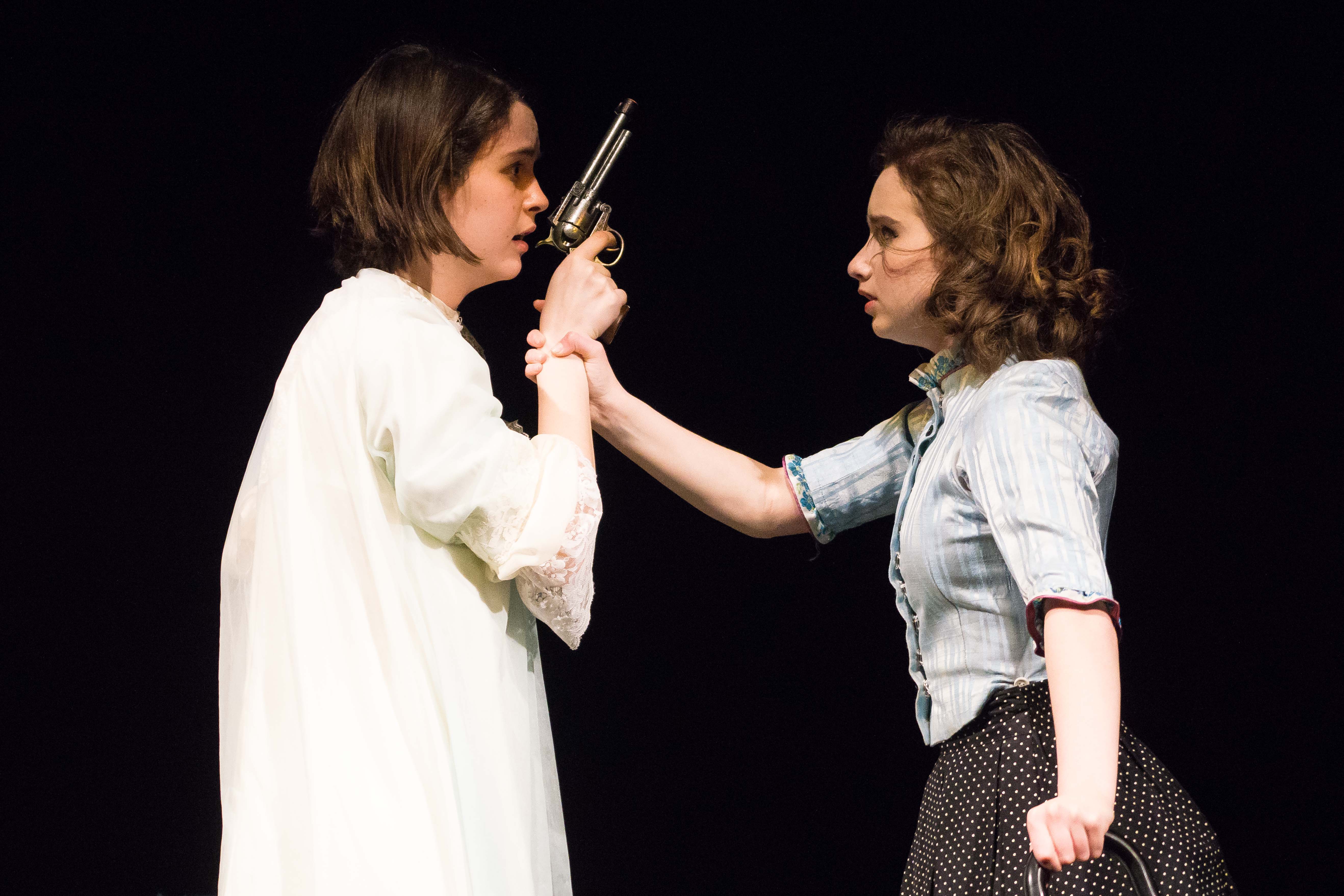
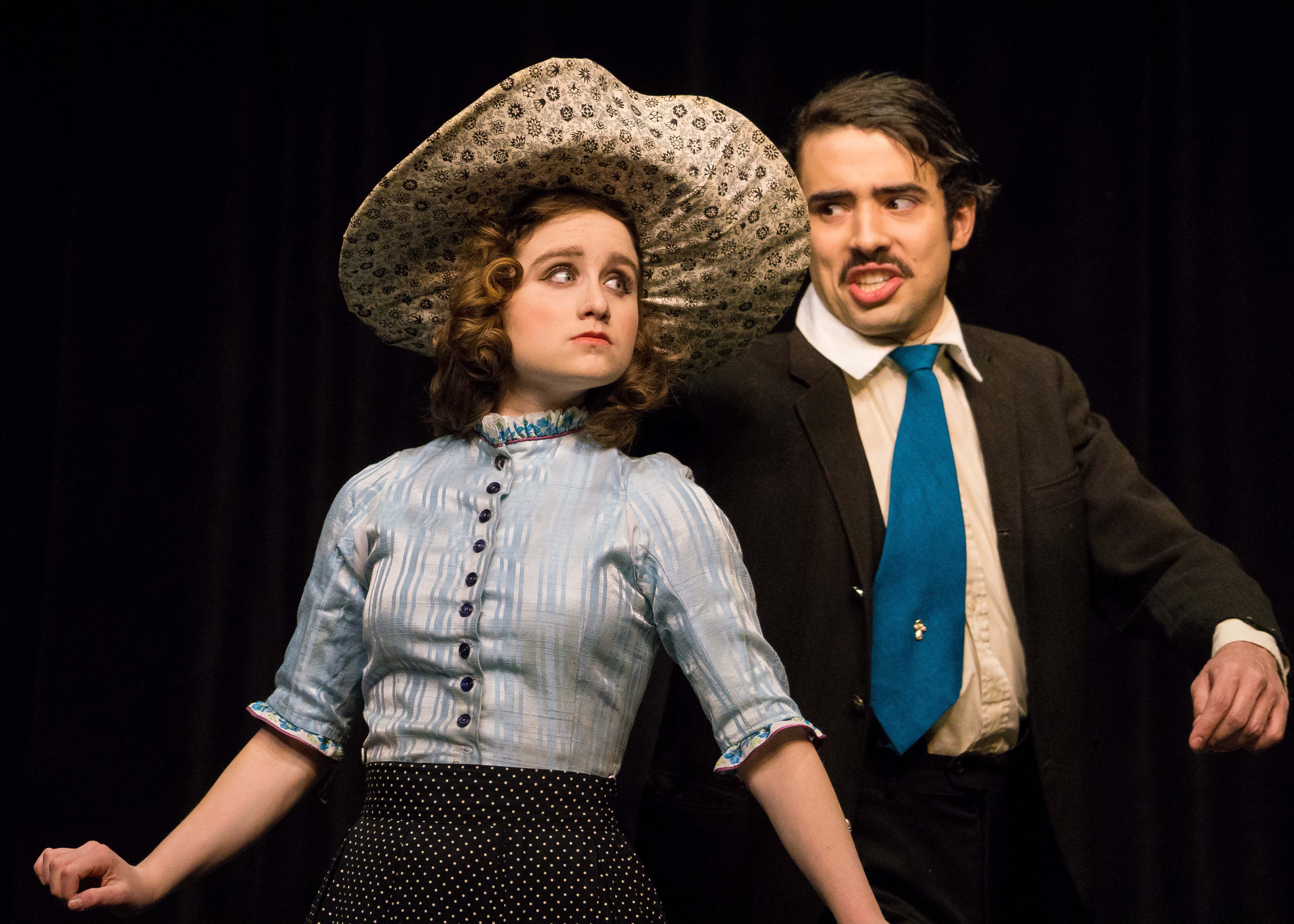
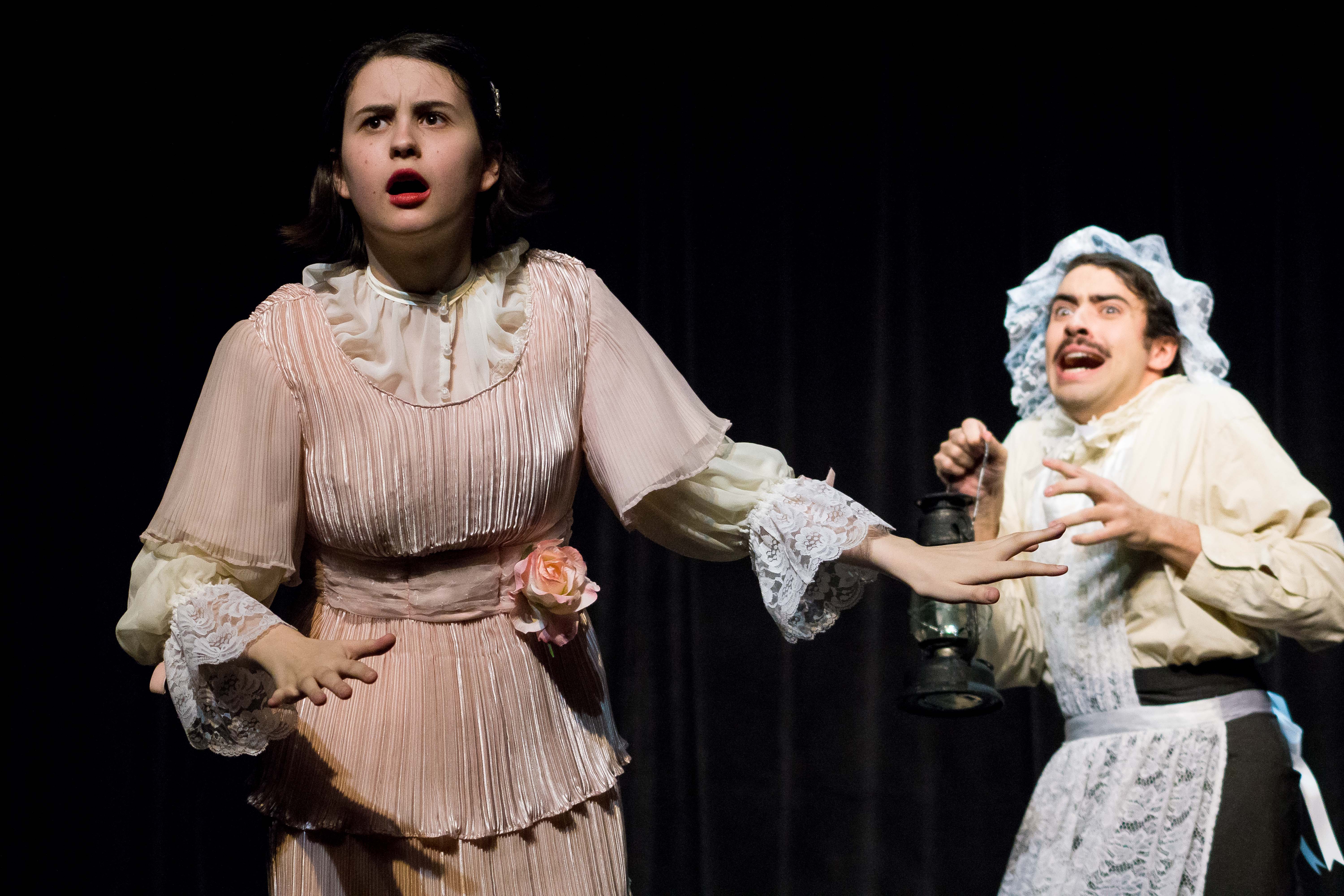
Comments are closed